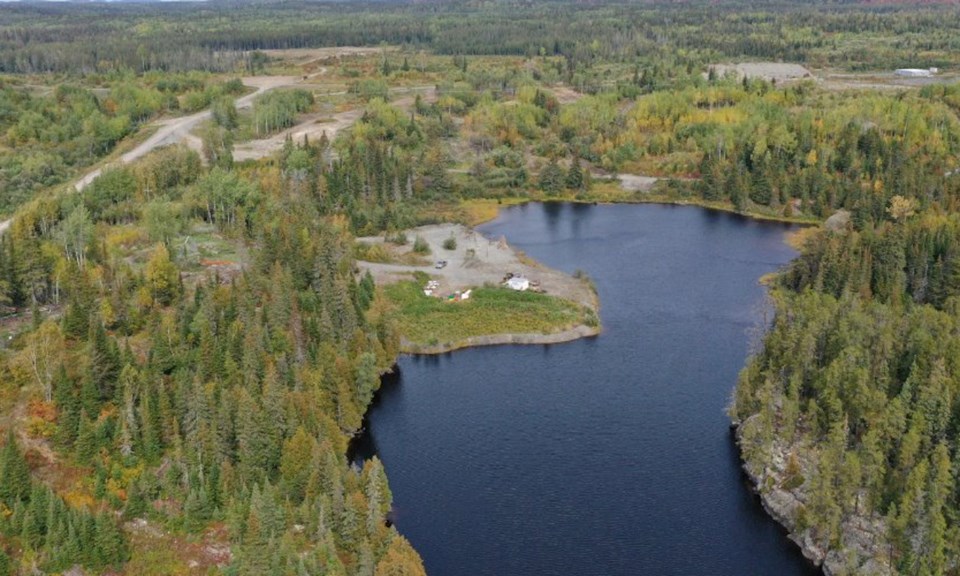Ottawa is conducting an environmental assessment (EA) of a proposed gold and copper mine near Kirkland Lake.
The focus is Agnico Eagle's Upper Beaver Gold Project, 20 kilometres northeast of town and just north of Larder Lake. It's a well-explored area with an extensive history of gold mining.
But during the first phase of public consultation in September and October, some cottagers, area residents and environmental groups raised concerns to federal regulator, the Impact Assessment Agency of Canada, about an aspect of the mining company's development plan which calls for a diversion of the Misema River around York Lake and the use of a dry stack tailings to store waste rock.
On the site of a former mine, Agnico Eagle's development plan is to operate both an open pit and underground mine with a on-site processing mill and tailings management facility. The maximum ore production capacity of the mine is 15,000 tonnes per day, said the agency, and 10,000 tonnes per day from the processing plant.
The 25,506-hectare land package that Agnico Eagle has assembled in the area was explored by a number of junior mining companies. Agnico Eagle has two deposits on the property, Upper Beaver and Upper Canada.
The site has some mining history beginning in 1912 and continuing intermittently until 1971. More than 477,000 tonnes of ore were processed at the site.
For Agnico Eagle's project, the proposed pit will be 100 metres deep and 300 metres in diameter, and will operate for only the first four or five years before operations head underground. The life of the mine is estimated at 16 years. Agnico Eagle is tentatively looking at a 2026-2027 production start after completing more exploration work and going through the regulatory approvals process.
The Impact Assessment Agency of Canada, the federal agency that called for the EA and will be conducting it, is asking for the public to comment on the draft guidelines of the EA process, which outline the specific factors to be considered in this assessment and will provide direction to the mining company on the information and studies required in its Impact Statement.
The agency also wants feedback from the public on the participation plan, meaning how it wishes to be engaged through each phase of the EA process.
This is the second federal comment period for the project. The agency said there will be more opportunities.
The agency is also staging virtual information sessions, in English, beginning Feb. 8 from 6 p.m. to 8 p.m. To register, go here.
These sessions will provide additional information on the project and the impact assessment process, and help participants learn how to effectively review and formulate comments on the draft documents. Interested participants can select and join one of the following sessions:
The remainder are on February 17, from 10:00 a.m. to 12:00 p.m.; and March 3 from 6:00 p.m. to 8:00 p.m. The French session is on Feb. 24, 2022 from 6:00 p.m. to 8:00 p.m.
Public comments can be submitted online by visiting the project home page on the Canadian Impact Assessment Registry (reference number 82960).
Participants who wish to provide their input in a different format, or schedule an online meeting, can contact the Agency by writing to UpperBeaver@iaac-aeic.gc.ca.
Written comments in either official language will be accepted until March 12. All comments received will be published online as part of the project file.




